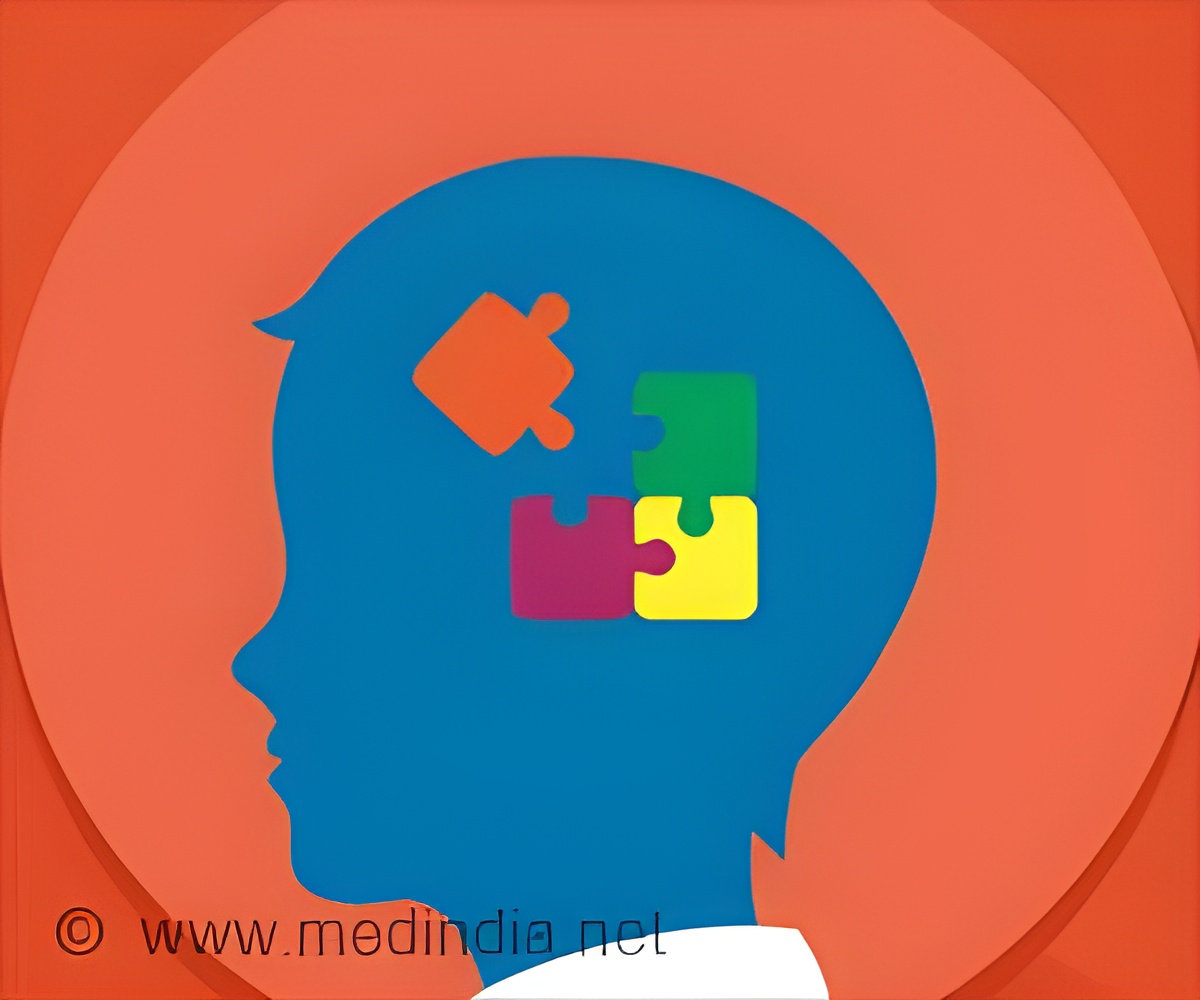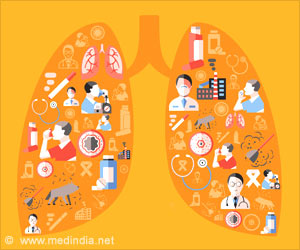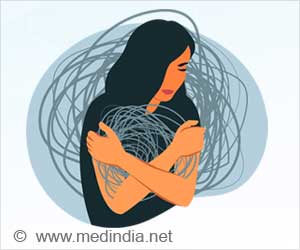
‘Autism spectrum disorder (ASD) is a severe developmental disorder that affects millions of children across the globe and impairs their ability to communicate and interact. A recent study spotlights that New Jersey's autism prevalence rate climbs up rapidly to 43 percent.’
Read More..Tweet it Now
The study found the rate increased 43 percent from 2010 to 2014 in the state.Read More..
The report found that about one in 59 children has autism. New Jersey's rate was the highest of the states studied: one in 35. That puts the national rate of autism at 1.7 percent of the childhood population and New Jersey's autism rate at 3 percent.
New Jersey is known for excellent clinical and educational services for autism spectrum disorder, so the state's higher rates are likely due to more accurate or complete reporting based on education and health care records, the researchers said. Similar studies were conducted in Arizona, Colorado, Missouri, North Carolina, Utah and Wisconsin.
Walter Zahorodny, an associate professor of pediatrics at Rutgers New Jersey Medical School who directed the New Jersey portion of the study, called the results "consistent, broad and startling." The analysis of this young group of children shows U.S. autism rates are continuing to rise without plateauing.
"It's very likely that the next time we survey autism among children, the rate will be even higher," he said.
Advertisement
Across the network, the researchers found the prevalence of autism spectrum disorders ranged from a low of 8 per 1,000 children in Missouri to a high of 28 per 1,000 children in New Jersey. The average was 13 per 1,000 children. The disorder is about two times more common among boys than girls, and white children are more often diagnosed than black or Hispanic children.
Advertisement
The age that children received their first evaluation ranged from 28 months in North Carolina to 39 months in Wisconsin. The researchers discovered that children with an intellectual disability or other condition were more likely to be evaluated earlier than age 4, which gives them an advantage.
"Children who are evaluated for autism early - around their second birthday - often respond better to treatment than those who are diagnosed later," Zahorodny said. "However, it appears that only the most seriously affected children are being evaluated at the crucial time, which can delay access to treatment and special services."
The average age of diagnosis - 53 months - has not changed in 15 years.
"Despite our greater awareness, we are not effective yet in early detection," he said. "Our goal should be systematic, universal screening that pediatricians and other health providers provide at regular visits starting at 18 months to identify autism as soon as possible."
The research team can't explain why autism rates have increased across the United States. Factors associated with a higher risk include advanced parental age (children of parents over age 30 have heightened risk), maternal illness during pregnancy, genetic mutations, birth before 37 weeks gestation and multiple births.
"These are true influences exerting an effect, but they are not enough to explain the high rate of autism prevalence," said Zahorodny. "There are still undefined environmental risks that contribute to this significant increase, factors that could affect a child in its development in utero or related to birth complications or to the newborn period. We need more research into non-genetic triggers for autism."
Source-Eurekalert













